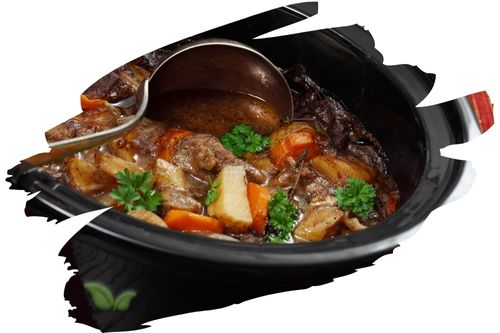
Introduction
Calendula, often referred to as "marigold," is a vibrant and versatile herb that has captured the attention of herbalists, skincare enthusiasts, and gardeners alike. In this comprehensive article, we will delve into the depths of calendula, exploring its origins, uses, benefits, and much more. Join us on this journey to unravel the mysteries of "what is calendula?"
What Is Calendula?
Calendula, scientifically known as Calendula officinalis, is a flowering plant that belongs to the daisy family, Asteraceae. Its bright yellow or orange petals make it a sight to behold in gardens, but calendula is more than just a pretty flower. It has a rich history dating back centuries and a wide range of uses that extend beyond its aesthetic appeal.
The History of Calendula
Calendula's use can be traced back to ancient civilizations, including the Greeks, Romans, and Egyptians. These cultures valued calendula for its medicinal properties and used it to treat various ailments. In medieval Europe, it was even considered a symbol of love and used in celebrations.
Cultivation and Appearance
Calendula plants are relatively easy to grow, making them a popular choice for home gardeners. They typically reach a height of 12 to 24 inches and produce vibrant, daisy-like flowers. These flowers come in shades of yellow and orange, adding a burst of color to gardens and landscapes.
Culinary Uses
Beyond its ornamental value, calendula is edible and has been used in culinary practices for centuries. Its slightly peppery and bitter taste adds a unique flavor to salads, soups, and stews. Some chefs also use calendula petals to garnish dishes, adding a touch of color and sophistication to their creations.
Herbal Remedies
Herbalists often recommend calendula for various ailments. It can be used to make teas, tinctures, and salves to address issues like digestive problems, menstrual discomfort, and minor wounds. Calendula's gentle yet effective nature makes it a versatile addition to any herbal medicine cabinet.
Gardeners' Companion
Gardeners appreciate calendula not only for its beauty but also for its practicality. It acts as a natural pest repellent and companion plant, protecting neighbouring vegetables and herbs from harmful insects. Its bright blooms attract pollinators, contributing to a thriving garden ecosystem.
Frequently Asked Questions (FAQs)
Is Calendula the Same as Marigold?
No, although calendula is often referred to as "marigold," it is a distinct plant from the common marigold (Tagetes spp.). Calendula belongs to the Calendula genus, while marigolds belong to the Tagetes genus. They have different appearances, uses, and medicinal properties.
How Can I Grow Calendula at Home?
Calendula is easy to grow at home. Start by planting seeds in well-drained soil in a sunny location. Water regularly but avoid overwatering. Calendula will reward you with vibrant blooms throughout the growing season.
Can I Use Calendula for Cooking?
Yes, calendula is edible and can be used in various culinary dishes. Its petals add color and a slightly peppery flavor to salads, soups, and stews. However, use it sparingly, as its taste can be quite potent.
Are There Any Side Effects of Calendula?
Calendula is generally considered safe when used topically or in culinary applications. However, some individuals may experience allergic reactions. It's advisable to do a patch test before using calendula products extensively.
Where Can I Find Calendula Products?
Calendula-based products, such as creams, oils, and teas, can be found in health food stores, herbal apothecaries, and online retailers. Ensure that you purchase products from reputable sources to guarantee their quality and effectiveness.
Conclusion
In conclusion, calendula, often known as marigold, is a versatile herb with a rich history and a wide array of uses. Whether you're a gardener looking to add beauty to your landscape, a skincare enthusiast seeking natural remedies, or a culinary artist exploring unique flavors, calendula has something to offer. Its healing properties, culinary potential, and ecological benefits make it a remarkable addition to both your garden and your life.
Alert: While spices can have many beneficial properties for health, using them for medical purposes should be done under the guidance and supervision of a healthcare professional or specialist. Some spices may interact with medications or cause adverse reactions in certain individuals, and it is important to use them safely and appropriately. If you are considering using spices for a medical condition, it is important to consult with a healthcare professional before doing so.




















































